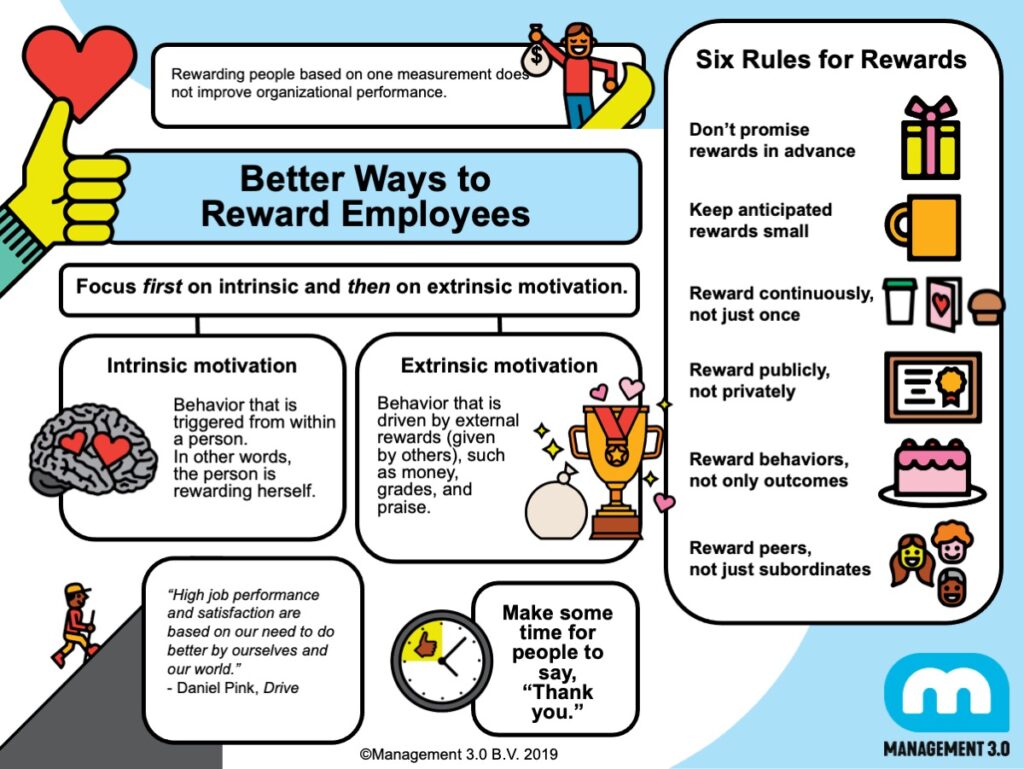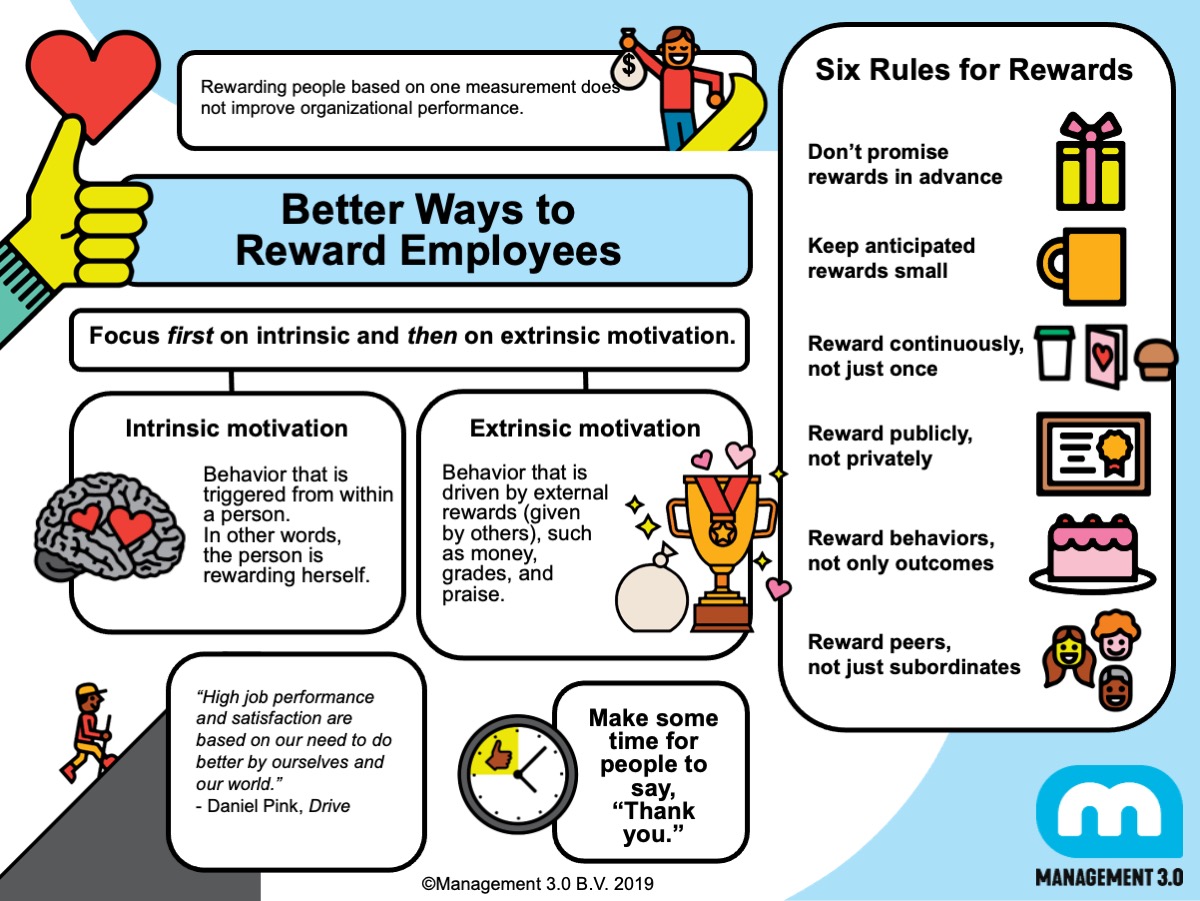
How to Effectively Reward Employees: A Comprehensive Guide
In today’s competitive business landscape, attracting and retaining top talent is paramount. While competitive salaries are essential, a robust employee rewards program can be the differentiating factor that sets your organization apart. Understanding how to reward employees effectively is not just about offering perks; it’s about creating a culture of appreciation, recognition, and motivation. This guide will explore various strategies and best practices for designing and implementing employee rewards programs that drive engagement, boost morale, and ultimately contribute to organizational success.
Understanding the Importance of Employee Rewards
Before diving into specific reward strategies, it’s crucial to understand why employee rewards are so important. They go beyond simply compensating employees for their work. Effective rewards programs:
- Boost Morale and Motivation: Recognizing and rewarding employees for their contributions makes them feel valued and appreciated, leading to increased morale and motivation.
- Improve Employee Engagement: Engaged employees are more productive, innovative, and committed to the organization. Rewards programs can foster a sense of belonging and purpose, driving engagement.
- Reduce Employee Turnover: When employees feel appreciated and valued, they are less likely to seek opportunities elsewhere. A strong rewards program can significantly reduce employee turnover, saving the organization time and resources associated with recruitment and training.
- Attract Top Talent: A well-designed rewards program can be a powerful recruitment tool, attracting top talent to your organization. Candidates are increasingly looking for companies that value their employees and offer more than just a paycheck.
- Enhance Company Culture: Rewards programs can reinforce desired behaviors and values, contributing to a positive and productive company culture.
Types of Employee Rewards
Employee rewards can take many forms, and the most effective programs often incorporate a mix of different types. Here’s a breakdown of common categories:
Monetary Rewards
Monetary rewards are the most straightforward and often highly valued by employees. Examples include:
- Bonuses: Performance-based bonuses, profit-sharing bonuses, and spot bonuses for exceptional achievements.
- Salary Increases: Regular salary increases based on performance and contribution.
- Stock Options: Giving employees the opportunity to purchase company stock at a discounted price.
- Commissions: Sales commissions based on achieving sales targets.
- Profit Sharing: Distributing a portion of the company’s profits to employees.
Non-Monetary Rewards
Non-monetary rewards can be just as effective as monetary rewards, especially when tailored to individual employee preferences. Examples include:
- Recognition and Appreciation: Publicly acknowledging and appreciating employees’ contributions. This could involve employee of the month awards, team recognition events, or simply a heartfelt thank-you note from a manager.
- Opportunities for Professional Development: Providing employees with opportunities to learn new skills and advance their careers, such as training programs, conferences, and mentorship opportunities.
- Flexible Work Arrangements: Offering flexible work hours, remote work options, or compressed workweeks.
- Additional Paid Time Off: Providing employees with extra vacation days or personal days.
- Wellness Programs: Offering wellness programs such as gym memberships, health screenings, or stress management workshops.
- Company Swag: Providing branded merchandise that employees can wear or use with pride.
- Experiences: Offering experiences such as tickets to sporting events, concerts, or other cultural attractions.
Social Recognition
This type of recognition leverages peer-to-peer acknowledgement and public visibility. Platforms and programs that enable colleagues to appreciate each other’s work can significantly boost morale. Consider implementing a system where employees can nominate each other for awards or simply give kudos through a company-wide communication channel. [See also: Building a Positive Company Culture]
Designing an Effective Employee Rewards Program
Creating a successful employee rewards program requires careful planning and consideration. Here are some key steps to follow:
- Define Your Objectives: What are you hoping to achieve with your rewards program? Are you trying to improve employee engagement, reduce turnover, or boost productivity? Clearly defining your objectives will help you design a program that is aligned with your organizational goals.
- Understand Your Employees’ Needs and Preferences: What types of rewards do your employees value most? Conduct surveys, focus groups, or individual interviews to gather feedback and understand their preferences. Tailoring your rewards program to meet the needs of your employees will make it more effective.
- Set Clear and Measurable Goals: Establish clear and measurable goals for your rewards program. This will allow you to track your progress and determine whether the program is achieving its objectives.
- Communicate the Program Clearly: Ensure that all employees understand the program, its objectives, and how they can earn rewards. Communicate the program through multiple channels, such as email, intranet, and team meetings.
- Make Rewards Timely and Meaningful: Rewards should be given promptly after the desired behavior or achievement. They should also be meaningful to the employee and aligned with their values.
- Provide Regular Feedback: Provide employees with regular feedback on their performance and progress toward achieving their goals. This will help them stay motivated and engaged.
- Evaluate and Adjust the Program Regularly: Regularly evaluate the effectiveness of your rewards program and make adjustments as needed. This will ensure that the program remains relevant and effective over time.
Best Practices for Implementing Employee Rewards Programs
Here are some best practices to keep in mind when implementing your employee rewards program:
- Be Fair and Equitable: Ensure that your rewards program is fair and equitable to all employees. Avoid favoritism and bias.
- Be Transparent: Be transparent about how rewards are earned and distributed. This will help build trust and prevent resentment.
- Be Consistent: Apply the rewards program consistently across the organization.
- Be Creative: Don’t be afraid to get creative with your rewards program. Think outside the box and come up with unique and innovative ways to reward your employees.
- Recognize Both Individual and Team Achievements: Recognize both individual and team achievements. This will help foster a sense of collaboration and teamwork.
- Get Leadership Buy-In: Ensure that your leadership team is fully supportive of your rewards program. Their buy-in is essential for the program’s success.
- Use Technology to Streamline the Process: Consider using technology to automate and streamline the rewards process. This can save time and resources and make the program more efficient.
Examples of Successful Employee Rewards Programs
Many companies have implemented successful employee rewards programs. Here are a few examples:
- Google: Google is known for its generous employee perks, including free meals, on-site gyms, and opportunities for professional development.
- Zappos: Zappos offers a unique “Hero” award, where employees can nominate their colleagues for going above and beyond.
- Starbucks: Starbucks offers its employees stock options and comprehensive health benefits.
- REI: REI offers its employees discounts on outdoor gear and paid time off to pursue their passions.
The Future of Employee Rewards
The future of employee rewards is likely to be more personalized and data-driven. Companies will increasingly use data analytics to understand employee preferences and tailor rewards programs to meet individual needs. Technology will also play a greater role, with the use of mobile apps and online platforms to deliver rewards and recognition. Furthermore, there will be a greater emphasis on holistic well-being, with rewards programs focusing on physical, mental, and financial health. [See also: Trends in Human Resources]
Conclusion
How to reward employees effectively is a critical component of a successful human resources strategy. By understanding the importance of rewards, designing a program that meets the needs of your employees, and implementing best practices, you can create a culture of appreciation, recognition, and motivation that drives engagement, reduces turnover, and ultimately contributes to organizational success. Remember to continuously evaluate and adjust your program to ensure that it remains relevant and effective in the ever-changing business landscape. Implementing a well-designed employee rewards program will not only benefit your employees but also create a more productive and thriving workplace for everyone involved. The key is to understand your employees, tailor the rewards, and consistently recognize their contributions.

